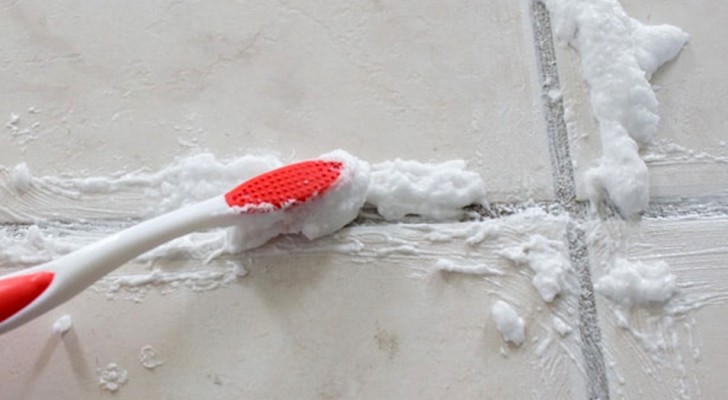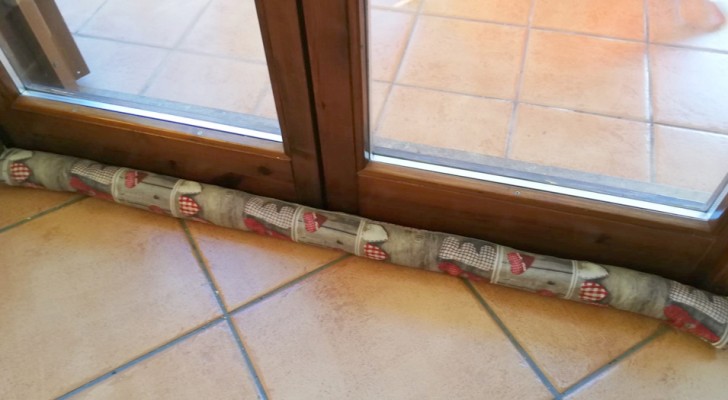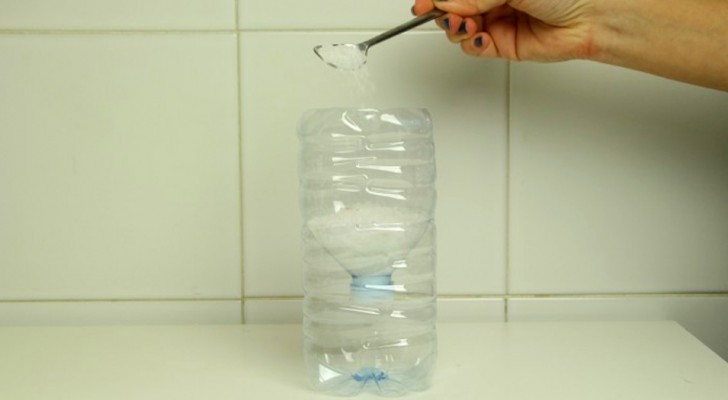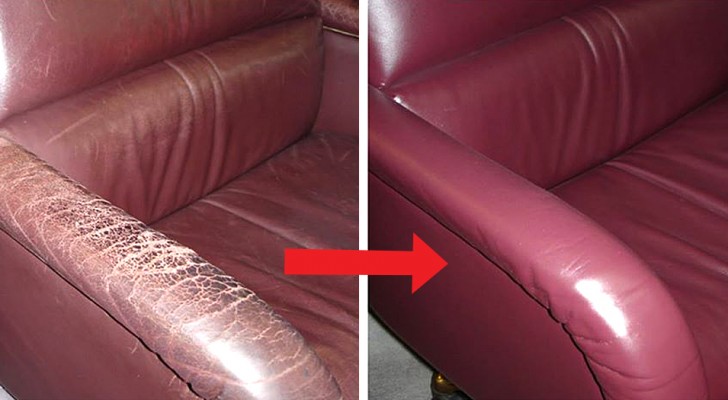8 foolproof methods to remove dirt and mold from tile joints

You do not have to be a cleaning maniac to decide to clean the bathroom and kitchen tiles.
In particular, the grouts (interspaces) between tiles over time become gray or black, depending on the degree of negligence they are subjected to!
On the other hand, too much washing, if done in the wrong way, contributes to dirtying the tile joints (grouts), giving an appearance of neglect and abandonment to rooms in the house that should instead be the index of their cleanliness!
Let's see together what are the best techniques for cleaning the interspaces between tiles!
1. Toothpaste without colored stripes
Suitable for small spots, just scrub the toothpaste on the interspaces with a soft brush and thanks to the fine particles in the toothpaste the interspaces will shine! Not recommended for the regular treatment of the parts made of silicone.
2. Eraser
Using a simple eraser, the stains and gray areas in the interspaces can be rubbed out to perfection. However, since the process requires a bit of time and effort, it is only recommended for cleaning small areas.
3. Baking soda
Among the most popular home remedies, baking soda has a whitening and slightly fungicidal action (although, in the case of mold, it does not eliminate the spores, only the unsightly stains!). Mix baking soda and water, then apply the paste on the part to be treated, scrubbing with a toothbrush; then leave for a few minutes before rinsing. Warning: in the case of mold, it is generally found that bleaching agents only expel the fungus visibly, but do not actually remove the spores!
4. Bleaching plaster
Bleaching powder cleans and whitens with extreme delicacy and because it is a natural product, it is environmentally friendly. It is necessary to mix the bleaching powder with a little lemon juice and then gently rub it on the interstices. Leave to dry, then remove the mixture with a damp cloth.
6. Chlorine
Chlorine is a powerful fungicide, and it is no coincidence that it is found as an ingredient in most of the anti-mold sprays in circulation. Although very effective in completely removing mold (not only stains but also the spores), nevertheless, it remains a product to be handled with caution as it is a highly irritant and pollutant substance! Furthermore, it is good not to use it together with other types of fungicides.
7. Hydrogen peroxide
Much appreciated in the past for bleaching and disinfection, hydrogen peroxide at a concentration of 3% can achieve better results than many other special detergents.
8. Steam cleaner
Steam cleaning has considerable advantages because it is among the most delicate, effective, hypoallergenic methods and it does not require any scrubbing! In fact, at a temperature between 300°F and 600°F (150°C and 300°C), steam effectively eliminates dust and grease from every surface, even the most difficult! Unfortunately, these machines are not cheap, but in some stores, they can be rented.





